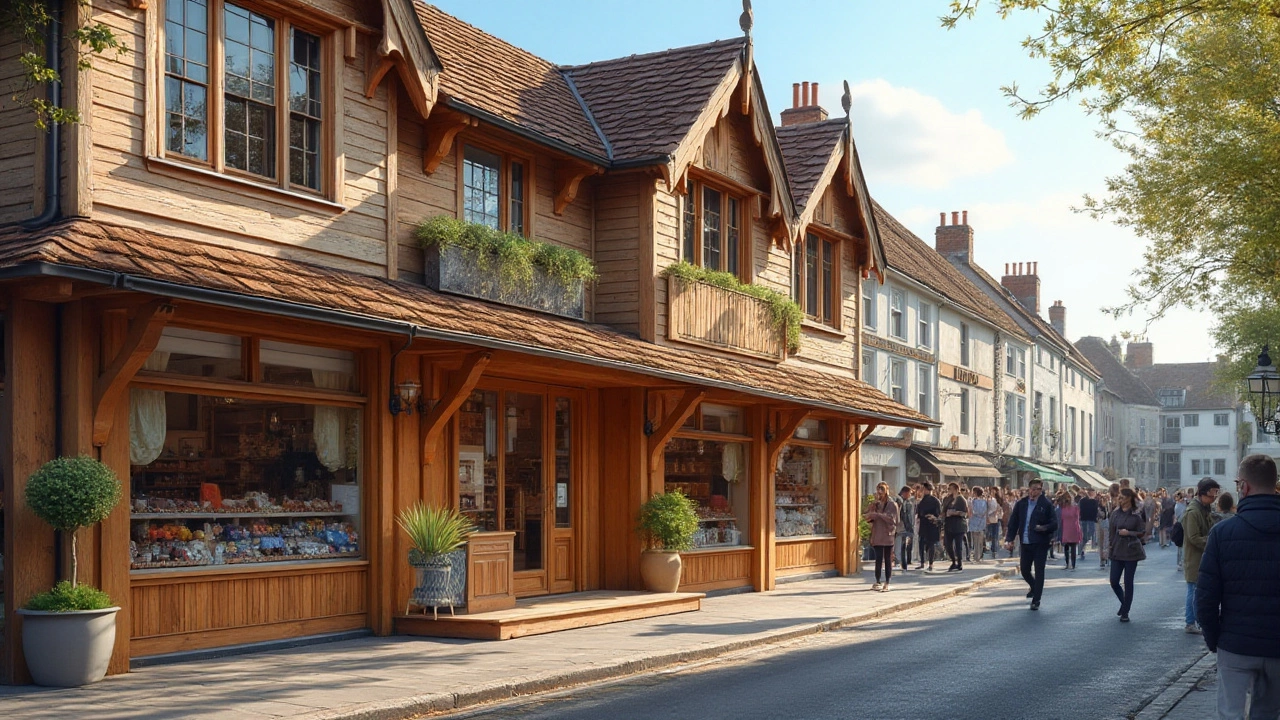Commercial Building Materials: What You Need to Know
When you start a commercial build, the first question is always – what should the walls, floors and roof be made of? The answer isn’t one‑size‑fits‑all. Different projects need different strengths, budgets and finishes. Below you’ll find the most common material families, why they matter, and simple ways to decide which one fits your job.
Top Materials Used in Commercial Projects
Concrete is the workhorse of big builds. It’s cheap, fire‑proof and can be poured into any shape. For warehouses or office blocks, a concrete slab gives a solid base that lasts decades. If you’re looking at fast construction, consider precast concrete panels – they arrive ready to set and cut down on on‑site labor.
Steel shines when you need strength without weight. Steel frames let you create wide, open spaces – perfect for retail stores, gyms or factories. It also speeds up erection because beams are fabricated off‑site. Keep an eye on corrosion; a good coating or stainless grades will save headaches later.
Timber isn’t just for homes. Engineered wood products like CLT (cross‑laminated timber) are making waves in commercial buildings because they’re lighter than concrete and store carbon. Use timber for interior partitions, mezzanine floors or even full‑height panels if you want a warm, sustainable look.
Glass creates light‑filled environments that boost employee morale. Modern double‑ or triple‑glazed units offer good insulation and sound control. Pair glass walls with low‑E coatings to keep heating bills down.
Composite panels (metal‑faced insulation boards) give you a quick‑install wall system with built‑in thermal performance. They’re a solid pick for retail fronts or schools where speed and energy efficiency matter.
Choosing the Right Material for Your Build
Start with the project’s core requirements. Ask yourself:
- Do I need heavy load‑bearing capacity? Concrete and steel are top choices.
- Is speed of construction a priority? Look at precast concrete, steel frames or composite panels.
- How important is sustainability? Timber, recycled steel and low‑carbon concrete mixes score high.
- What’s the budget? Concrete usually wins on cost, while high‑performance glass can add up fast.
Next, check local building codes. Some councils have strict fire‑rating rules that can push you toward concrete or fire‑treated timber. Others may offer incentives for using renewable materials – a good way to shave off a few pounds from the total.
Don’t forget maintenance. Steel needs protection against rust, timber needs proper sealing, and glass requires regular cleaning to keep its appearance. Factoring in these life‑cycle costs now prevents surprise expenses later.
Finally, think about the look you want. A sleek steel‑and‑glass office tower feels different from a warm timber‑clad community centre. Your material choice is a key part of the building’s brand, so pick something that matches the client’s image.
In short, the best commercial building material is the one that balances strength, speed, cost and aesthetics for your specific project. Use the tips above, compare a few options, and you’ll land on a solution that stands the test of time without breaking the bank.

Understanding Type 5 Construction: Materials and Methods in Commercial Building
Jan 28, 2025, Posted by Damon Blackwood
Type 5 construction is often seen in commercial buildings and is primarily characterized by the use of wood or other combustible materials. This type of construction is the most flexible and cost-effective, allowing for a variety of designs and adaptations. It suits small to medium establishments, offering ease of modification and repair. By understanding the materials and methods used in Type 5 construction, one can better appreciate its applications and potential limitations. This article dives into the specifics of Type 5 construction, providing insight into its widespread use.
MORESEARCH HERE
Categories
TAGS
- foundation repair
- commercial construction
- construction
- new builds
- home improvement
- home renovation
- bathroom renovation
- construction materials
- home foundation
- renovation tips
- residential construction
- building types
- contractor
- foundation cracks
- home construction
- architectural services
- building codes
- construction differences
- home inspection
- kitchen installation